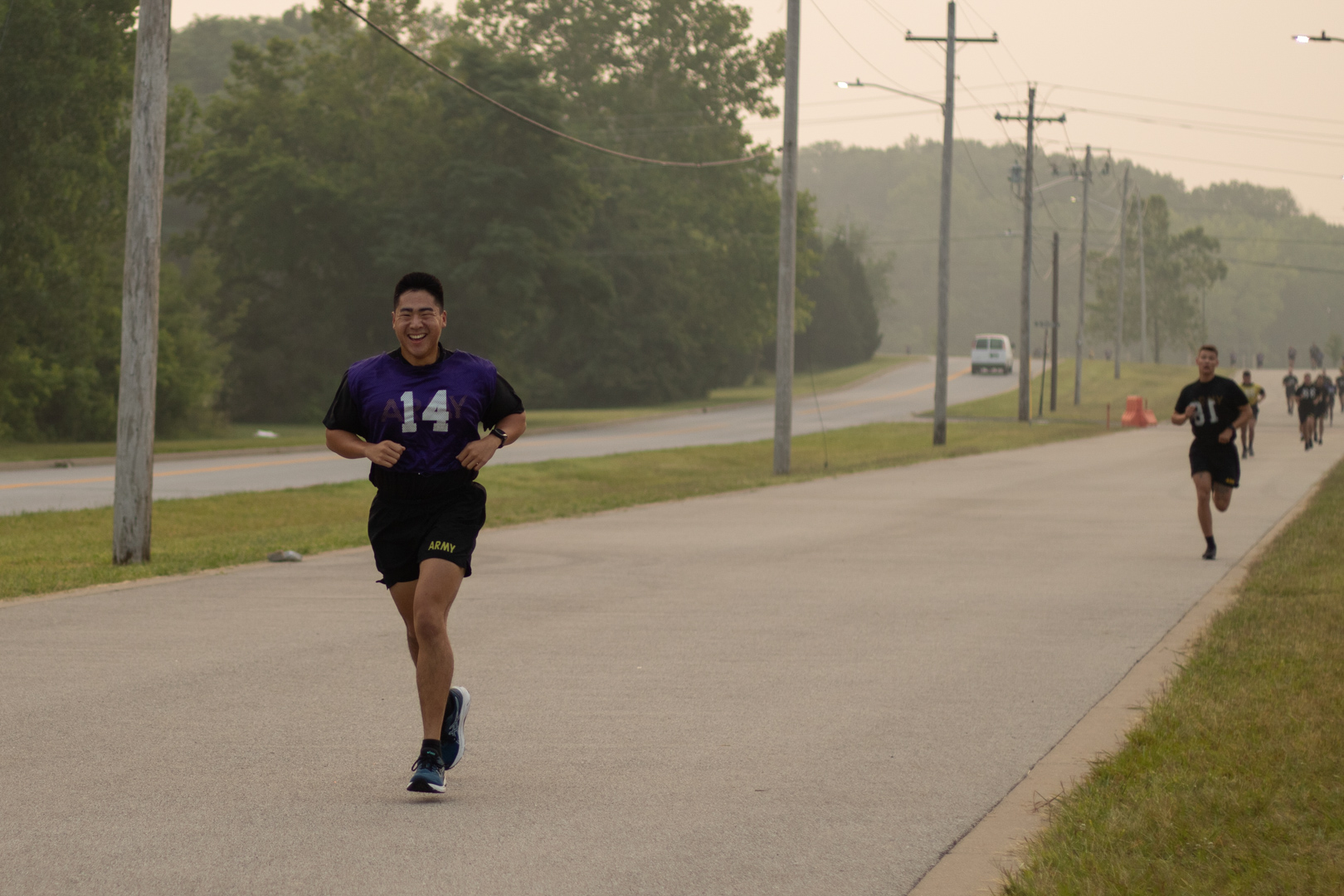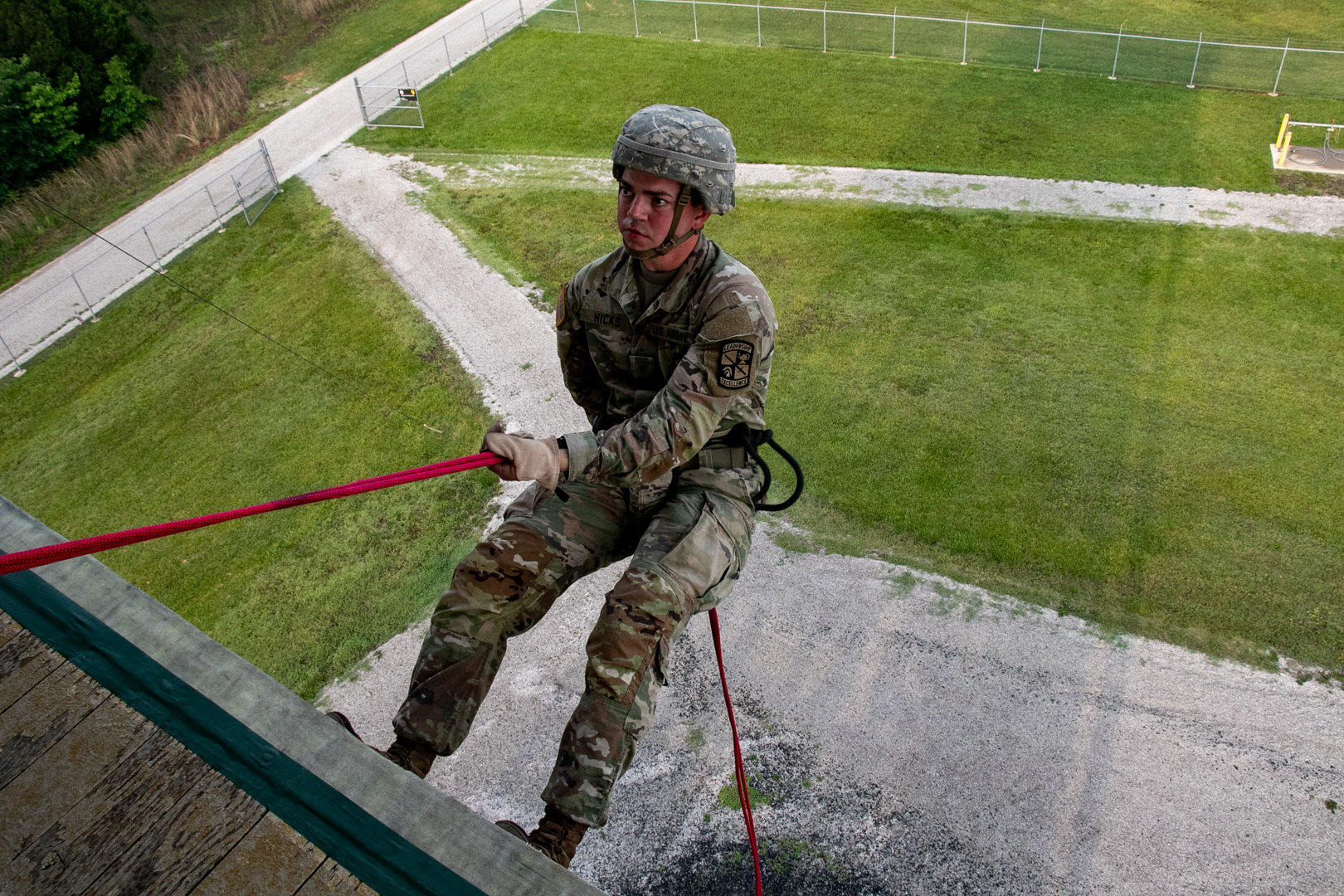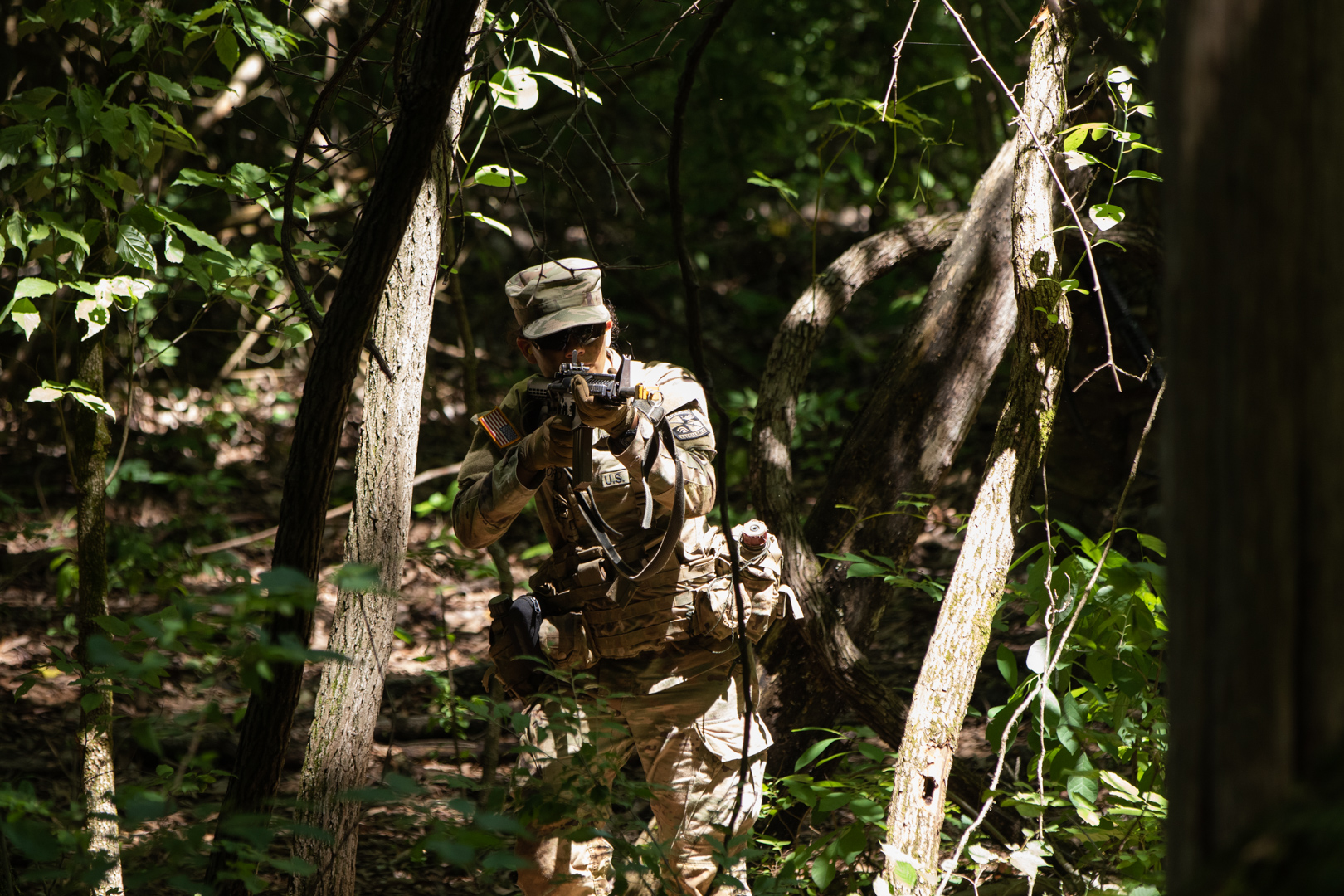
Cadet Francis Lee and Gen. and Mrs. Hwang. The general is commander of the ROK Army, TRADOC commander.
When I had first heard of the Army ROTC Cultural Understanding and Language Proficiency (CULP) Program, I applied for the program to help broaden my knowledge of a different country.
Once accepted into the program I was assigned to a mission headed to the Republic of Korea, and I began the rigorous pre-deployment process. I also completed a research project on the history of Korea from 1801-1949. It was a study regarding the end of the Choson Dynasty leading up to the Korean War during which Korea experienced Westernization, and the power struggles that accompanied it. This research helped me understand a great deal about Korea’s struggle as an independent nation and how this adversity shaped modern Korean culture.
Prior to leaving for Korea, our team of Cadets first gathered at Fort Knox where we all gave a 30 to 45 minute presentation on the topics of our papers. Our collaborative discussions helped give us a basic understanding of the history, culture, and society of the Republic of Korea before we flew there.
Upon arrival to our hotel in Seoul, we traveled around the city and I was already overwhelmed at the sight. For me in particular, having grown up in a household used to Korean customs and courtesies, it was almost bizarre to come to a place where such customs were social norms; simple actions such as taking off shoes in restaurants, bowing as a sign of thanks or forgiveness, and speaking and listening to a foreign language that I could somewhat understand. When we began to walk over to the Itaewon district in the city of Seoul, we passed by the Korean War Memorial. I was particularly intrigued to see the memorial, since the Korean War is an important part of U.S. and Korean history.
Another site that remains vividly in my memory was the U.S. military base in Yongsan. To see the fully developed base of the Eighth Army really resonated with me. It made me remember the possible threat of North Korea at any time in such a densely populated capital. For me, visiting these landmarks really helped me understand Korea’s culture and history of their national pride.
Our next destination was the city of Daejon, where I learned an enormous amount about my heritage. The first place we visited was the National Cemetery. There we held a ceremony to honor the deceased veterans of Korea. Our guide helped explain the different monuments at the site, how they related to the Korean War, and how they represented a hopeful future for Korea.
Later, we paid our respects to the grave site of the 2010 incident in which North Korea attacked a South Korean naval ship, killing the crew. The youngest seaman who gave his life was 18 years old.
The next grave site we honored was that of my grandfather’s. Growing up, I always knew my grandfather was buried at the National Cemetery without knowing the reason why. Lt. Col. Shin, of the Republic of Korea’s Army, read the tombstone and explained that my grandfather was a patriot who fought against the Japanese during the Japanese occupation of Korea in World War II. I was already familiar with this piece of my family history as this time period fell into my research topic, but knowing my grandfather’s direct involvement during this critical period of Korean history created a great deal of pride.
Despite having been born and raised in America, I was always in some way or another attached to my cultural background. However, standing in front of my grandfather’s tombstone and knowing what he did helped me realize just how important my cultural background is in shaping my identity.
Having learned about what my grandfather had done for his country, I wanted to learn as much as I could about the people, history, and society of Korea. I learned a great deal from the morning briefings and tours of military schools throughout the trip.
In addition, we traveled around the country to historical sites and museums on the weekends. The one museum that I found particularly interesting was The Independence Hall of Korea. This museum mainly focused on the Korean struggle for survival from 1910 to 1945. Since my research was the history of 1801-1949 I had a basic grasp of the timeline and history involved in the museum. However, I learned a great deal at the museum and was very focused on the part of the independence freedom fighters since my grandfather was one.
Our time in Daejeon was over after we had dinner with the lieutenant general of the ROK Army, TRADOC commander. It was a pleasure to actually be invited to Gen. Hwang’s house and have dinner with his family. The general’s wife asked me if she could give me a hug since her relative had also been an independence freedom fighter. The hospitality that I received from the general and his family was surreal.
The night after the memorable dinner we returned to Seoul and saved the best site for last. Before we departed back to the U.S., we took a trip to the Demilitarized Zone in Panmunjom and visited the Joint Security Area. Visiting the DMZ was an eye opener. We had been briefed on why the military powers in South Korea were always at attention for any signs of aggression, but seeing the North Koreans first hand really put the tension between the two countries in perspective. I learned about the murder of Capt. Bonifas and Lt. Barret over a poplar tree at the JSA in 1976. Also, in learning more about the citizens of Democratic People’s Republic of Korea during the tour, I truly came to understand how isolated and oppressed these people were from the rest of the world.
From this CULP mission I gained a great deal of insight on the culture, customs, history, and society of the Republic of Korea. I have seen the country from the eyes of a tourist and a Cadet.
As a tourist I benefited from my time with the people I have met and the culture and history that I learned and experienced. As a Cadet, I was highly educated in foreign military affairs and the preparations for possible threats. The CULP experience of the Republic of Korea went above and beyond my expectation and instilled cultural pride in me.




